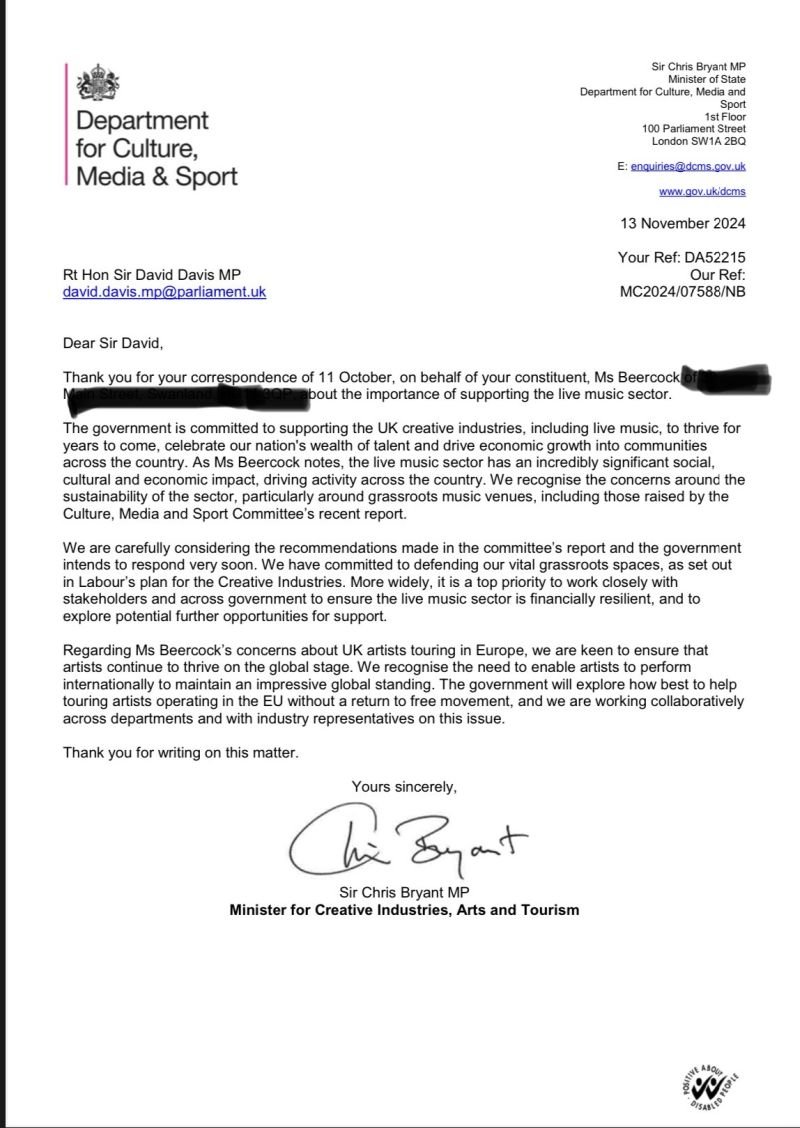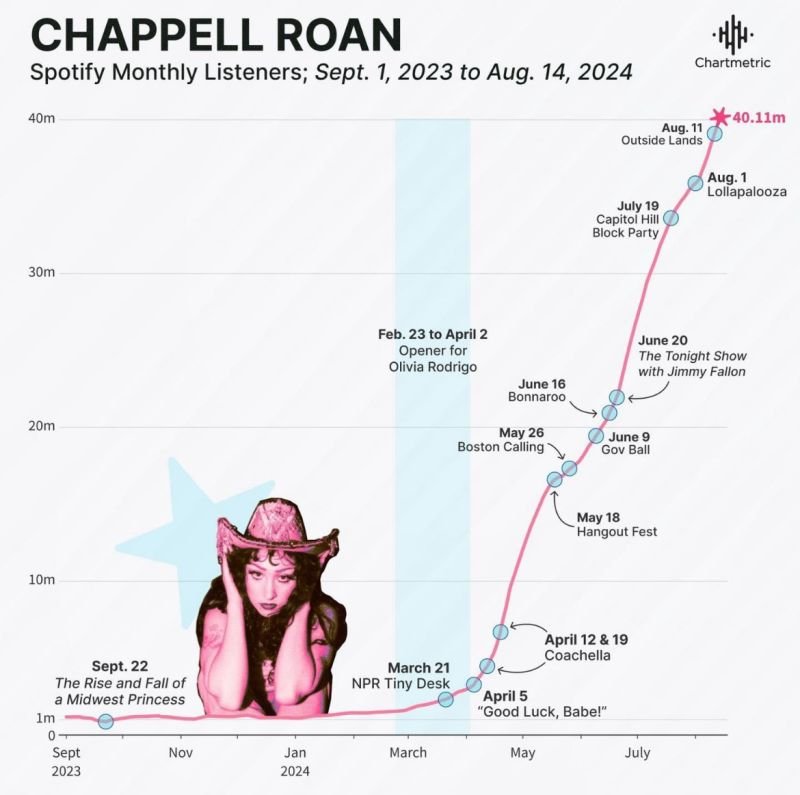1st March 2025
Angie Stone was more than just a voice—she was a living embodiment of soulful artistry, authenticity, and cultural relevance. Over the course of her remarkable career, she became a foundational figure in the worlds of soul, R&B, and hip hop, shaping the soundtracks of many lives while influencing broader cultural conversations. Through her powerful vocals, emotive lyrics, and unapologetic self-expression, she cemented herself as one of music’s true legends.
From her early days with the group Sequence to her groundbreaking solo albums like Black Diamond and Mahogany Soul, Angie Stone’s work has always been deeply connected to the culture. She blended elements of jazz, soul, and R&B, creating a sound that was both timeless and ahead of its time. But what truly set her apart was not just her musical genius, but her ability to remain steadfast in her authenticity and evolve while staying grounded in her roots.
As someone who has dedicated my career to navigating cultural relevance, Angie Stone’s life and work offer a masterclass in authenticity and longevity. Her music transcended time, serving not only as a reflection of society’s struggles and triumphs but also as a source of empowerment. Stone’s lyrics spoke to love, self-worth, social issues, and personal growth, resonating deeply with listeners from all walks of life. She knew how to capture the essence of the human experience and translate it into songs that would endure.
Angie Stone’s impact reached far beyond music. She bridged generations, influencing new artists while paying tribute to the legends who came before her. Her cultural relevance didn’t come from chasing fleeting trends but from creating art that connected with the soul. In a world where authenticity can sometimes feel rare, Angie Stone was an unshakable beacon of realness, truth, and heart.
For me, as someone deeply invested in cultural storytelling, Angie Stone’s career offers invaluable lessons. She reminds us that relevance is not about superficial trends but about remaining true to who you are, building connections through honesty, and boldly pushing the boundaries of your craft. Angie Stone always stayed true to herself, and in doing so, she became not just a musical legend but a cultural icon whose impact will be felt for generations to come.
Though Angie Stone is no longer with us, her music, message, and cultural legacy will continue to live on. Her contributions to music and culture remain a timeless reminder of the power of authenticity, and her influence will continue to inspire all those who seek to make a meaningful impact through art.






















